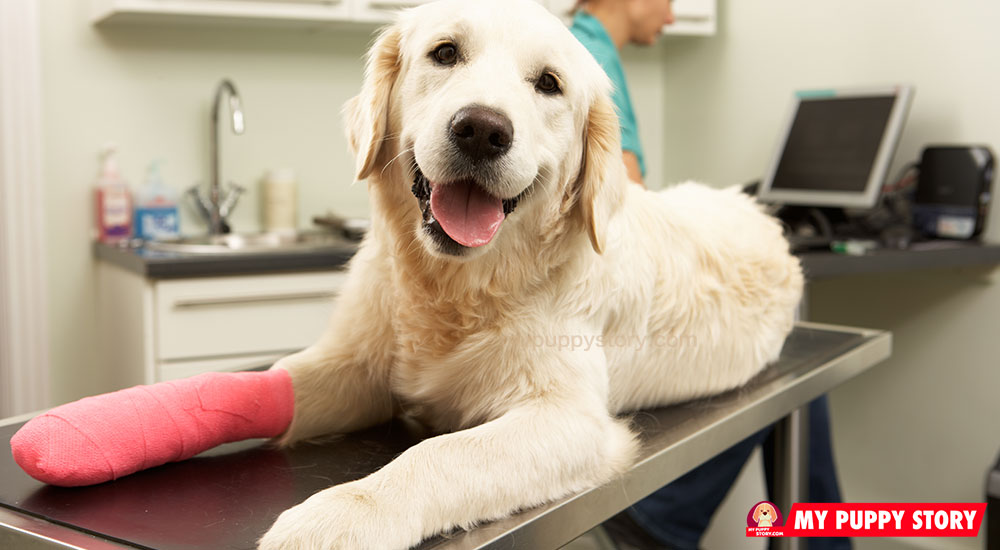June 26, 2017
Pet Insurance Reviews: Healthy Paws, Petplan, Pets Best All types of companies offer pet insurance. There are mega-insurers like Nationwide and interest groups like the ASPCA, each of which offer a wide range of policies. And naturally there are stand-alone insurers which specialize in the business of pet insurance. However, three companies – Healthy Paws, […]



